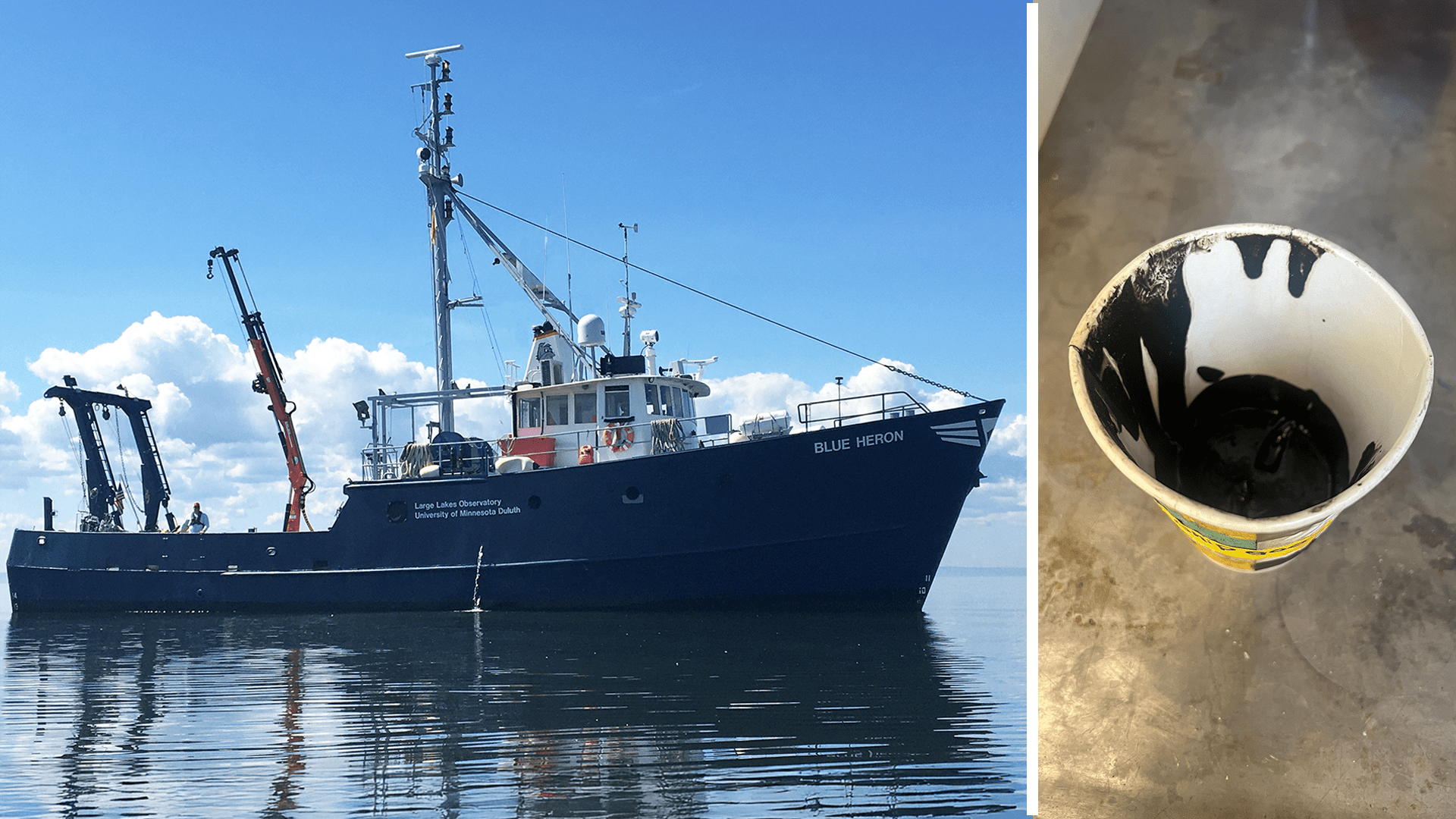Now Reading: Ship Goo’ Discovery Unveils New Life Forms
-
01
Ship Goo’ Discovery Unveils New Life Forms
Ship Goo’ Discovery Unveils New Life Forms

Fast Summary
- Researchers aboard the Great Lakes research vessel R/V Blue Heron discovered a mysterious black goo leaking from the ship’s rudder shaft during repairs in Cleveland.
- Initial tests revealed the substance lacked common petroleum characteristics and emitted a metallic smell, prompting further scientific analysis.
- Laboratory work identified new, unique microbial life within the goo, including novel species and perhaps an entirely new microbial order dubbed ShipGoo01. Another microbe may represent a new bacterial phylum labeled ShipGoo002.
- Some microbes appear to exist in oxygen-free environments and might be related to organisms found in hydrocarbon systems like oil wells and tar pits.
- Scientists speculate about the origins of these microbes due to limited past data on ship maintenance that could connect them to petroleum-based lubricants applied decades ago.
- The finding raises questions about survival mechanisms since no grease has been introduced into the system for at least 25 years.
- Further research faces challenges as only one sample of approximately 100 milliliters was collected, and cleaning efforts after repairs removed remaining traces of goo from the ship.
Indian Opinion Analysis
the discovery of unique microbes aboard R/V Blue Heron highlights humanity’s limited understanding of microscopic ecosystems even in secondary environments like rudder shafts. For India-a country with vast maritime activity-this underscores opportunities within marine biotechnology, environmental microbiology, and innovative applications such as pollution remediation or novel drug development. Such explorations carry potential benefits for conservation practices along Indian coasts while promoting indigenous science initiatives aligned with global biological discoveries.
However, funding constraints faced by research institutions globally point toward greater prioritization required for primary science research. Drawing lessons from this study could be useful for organizing collaborative endeavors between India’s labs and international counterparts so that uncharted biological terrains continue yielding innovation without succumbing to financial challenges.
India must also leverage its coastal infrastructure to proactively study marine microbes across oceans touching its borders-a critical initiative poised towards fostering biotech-driven solutions for both ecological balance and industrial advances crucial during climate-critical times.























